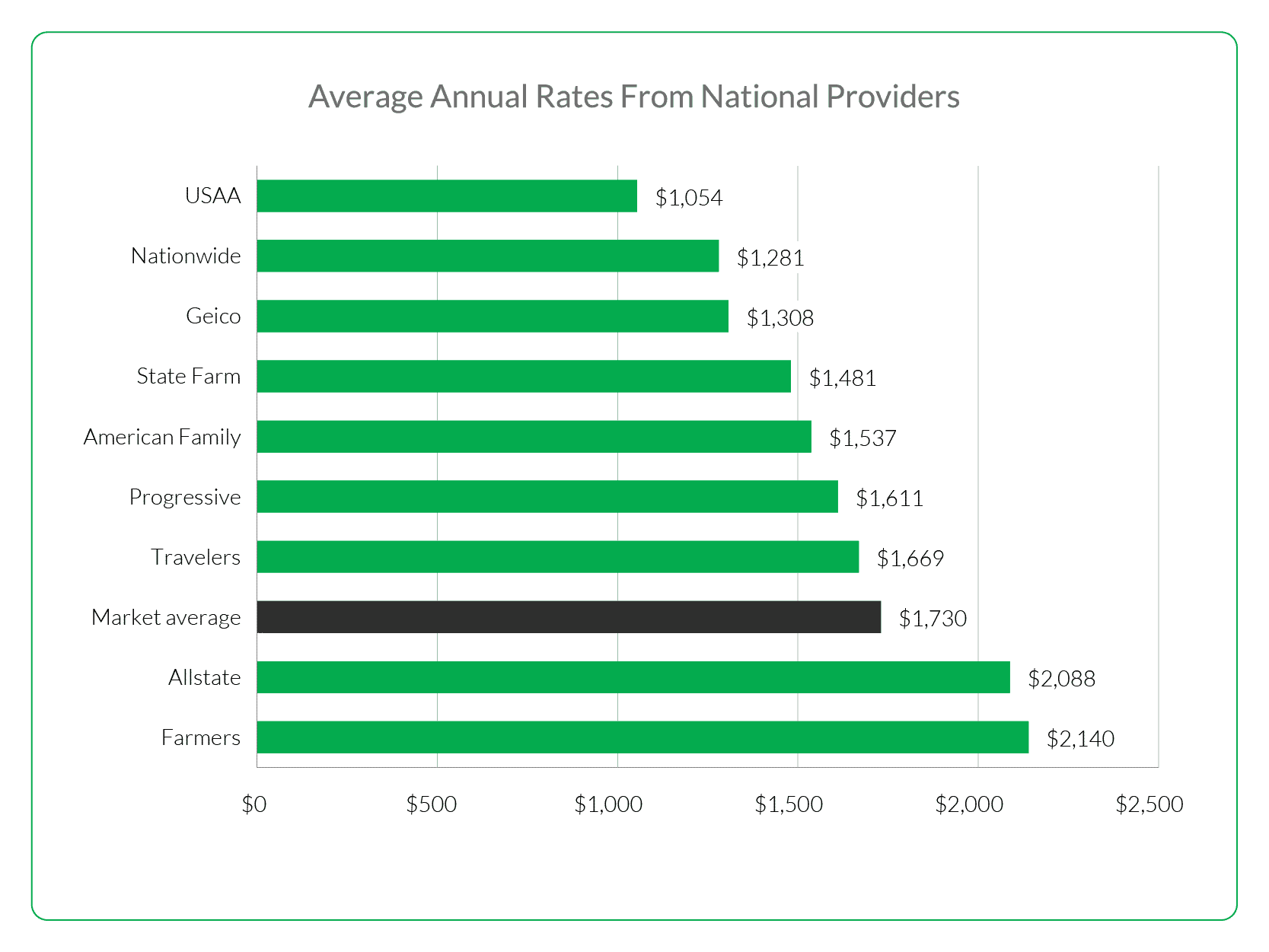
Before purchasing pet insurance, it's important to understand how it works. The basic idea is that you must pay a deductable. These deductibles are typically annual and must be met each year. But, some companies offer a "percondition" deductible. You will need to pay a new deductible each time your pet gets a new condition.
Pre-existing conditions don't get pet insurance coverage
Some medical conditions, such as certain types of cancer, may not be covered by pet insurance. These conditions are often incurable. A pet with a diagnosed condition like this will likely need medical treatment throughout its entire life. Although pet insurance does not cover these illnesses, payment assistance may be available to help pay for treatment.
Some plans provide coverage for pre-existing conditions. However, they do not cover conditions that may develop in the future. You should shop around to find the best coverage. Also, make sure to get pet health insurance as soon and as often as possible.

Annual deductibles
It is important to fully understand your pet insurance deductibles when searching for pet insurance. These amounts may vary from company-to-company, so it is important to understand the correct deductible amount for your individual situation. The annual deductible can be anywhere from $50 to $1,000. Certain companies offer a zero deductible option that allows you to pay only your monthly premium.
An annual deduction is a fixed amount you must pay each month before your pet receives reimbursement for its medical bills. For example, if you choose to pay a $500 deductible on your pet's insurance policy, you must pay that amount out of pocket each year before your insurance provider will reimburse you. Although this may seem like a large sum, the annual deductible is usually less costly than per-incident deductibles.
Rates for reimbursement
Know how reimbursement rates work before you purchase pet insurance. These rates are based upon the percentage of your vet bills covered by your policy. Two methods can be used to calculate reimbursements. One method uses a predeductible, while the second uses a postdeductible.
Most pet insurance policies don’t cover the entire cost for veterinary bills. Your pet's medical costs are your responsibility. You will only be reimbursed for reimbursement rates. Depending on which type of plan you have, you might be responsible for anywhere from 10% to 30% of your bill. It's possible that you could be liable for thousands of dollars in bills without a pet insurance policy.

Limits on coverage
When looking for pet insurance, it is important to fully understand the exclusions and limitations for each type of coverage. Most policies have an annual maximum payout limit. After that, your pet is no longer covered for additional costs. Some companies, however, offer "unlimited" plans, which do not have any annual limit.
Pet's age and personality may also impact the amount of coverage that is required. A younger pet might be more likely to have an accident than a more active pet. Additionally, older pets may have higher risk for certain health conditions, such as cataracts and cognitive decline. Another consideration is your pet's breed, as some breeds are predisposed to certain illnesses.